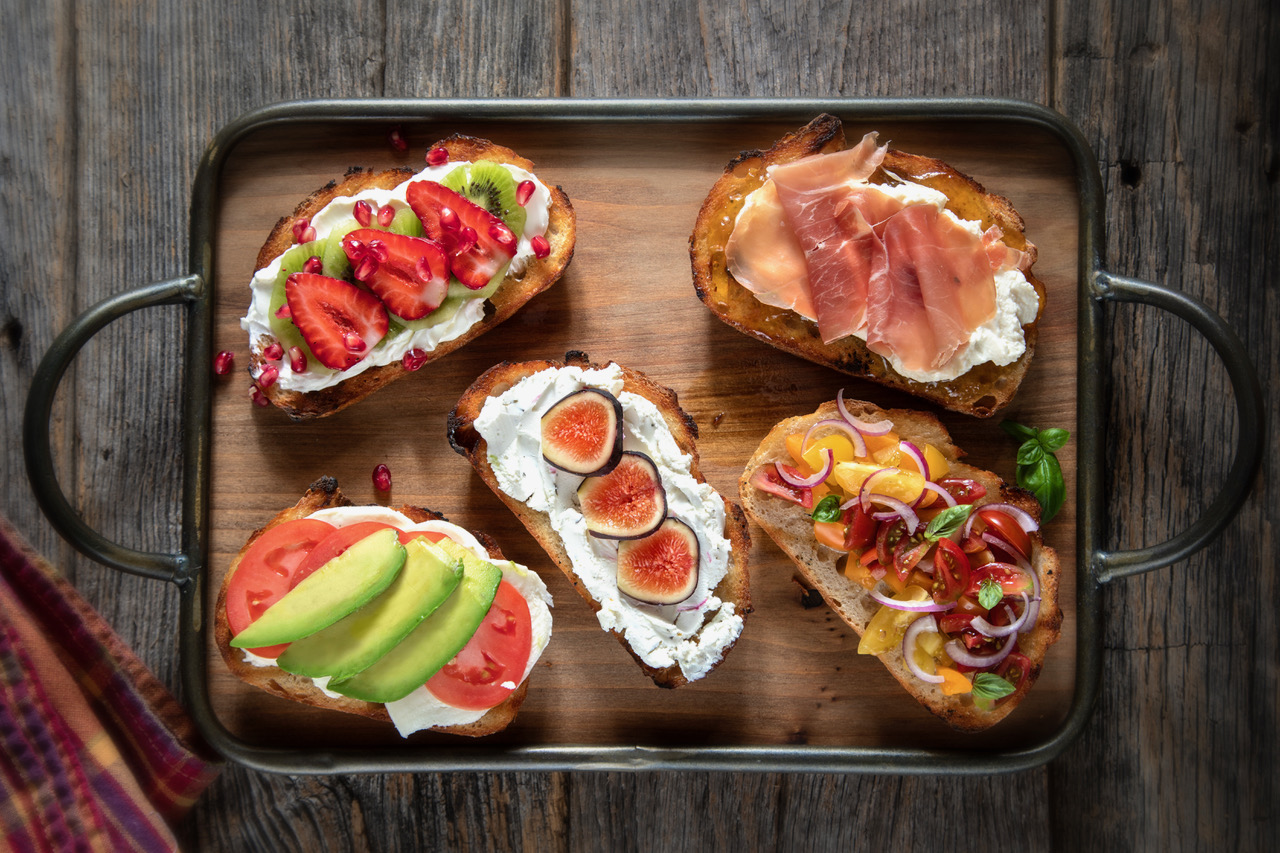Sourdough bread has captured the hearts of food lovers for centuries with its distinct tangy flavor and chewy texture. But what is it about sourdough that makes it so special? The secret lies in the ancient art of fermentation, a process that not only makes sourdough taste incredible but also enhances its nutritional value. Let’s take a closer look at how fermentation works and why it’s key to crafting the perfect loaf of sourdough.
1. What is Fermentation?
At its core, fermentation is a natural process that converts carbohydrates—such as sugars and starches—into alcohol or acids. In the case of sourdough, the fermentation process relies on a combination of wild yeast and beneficial bacteria, known as lactobacilli, to break down these carbohydrates in the dough.
This process is slow and steady, typically taking several hours or even days. Unlike commercial breads that use fast-acting store-bought yeast, sourdough’s long fermentation gives it a unique depth of flavor and texture that simply can’t be rushed.
2. Wild Yeast and Lactobacilli: The Dynamic Duo
The magic of sourdough happens through the interaction between wild yeast and lactobacilli. Wild yeast is naturally present in the flour, air, and environment, and it works alongside the bacteria to make the dough rise. The yeast consumes sugars in the dough, producing carbon dioxide gas that creates air pockets, resulting in the bread’s signature airy texture.
Meanwhile, lactobacilli bacteria produce lactic acid and acetic acid during the fermentation process. These acids give sourdough its tangy flavor, which becomes more pronounced the longer the dough ferments. It’s this careful balance between wild yeast and lactobacilli that creates sourdough’s one-of-a-kind flavor profile.
3. Why Sourdough Tastes Tangy
The unmistakable tang of sourdough bread comes from the lactic and acetic acids produced by the lactobacilli. The longer the dough ferments, the stronger the tangy flavor becomes. Some bakers prefer a shorter fermentation period for a milder flavor, while others extend the fermentation to achieve a more intense sourness.
This flexibility in the fermentation process allows sourdough bakers to experiment with flavor and texture, resulting in loaves that can vary from mildly tangy to bold and sour.
4. Fermentation Enhances Texture
In addition to creating flavor, the fermentation process also has a big impact on sourdough’s texture. The gas produced by the wild yeast forms pockets in the dough, resulting in the chewy crumb that sourdough is famous for. The lactic acid produced by the bacteria also strengthens the gluten structure in the dough, giving the bread its signature crispy crust and chewy interior.
The combination of a crispy outer crust and a soft, airy center makes sourdough a delight to eat, whether toasted for breakfast or used as the base for a hearty sandwich.
5. Fermentation’s Health Benefits
Beyond flavor and texture, the fermentation process has several health benefits. Because the bacteria and yeast break down gluten and other hard-to-digest components, sourdough bread is easier on the digestive system compared to regular bread. It’s also packed with nutrients like B vitamins, magnesium, and iron, and the fermentation process helps make these nutrients more accessible to your body.
Fermentation also reduces phytic acid, an antinutrient that can block the absorption of minerals. This means sourdough bread is not only delicious but also more nutritious than many other types of bread.
Conclusion:
The art of fermentation is what gives sourdough bread its distinctive flavor, texture, and health benefits. The slow and natural process, driven by wild yeast and lactobacilli, is responsible for the tangy taste and airy crumb that make sourdough so beloved. Whether you enjoy a mild or bold flavor, it’s the fermentation process that transforms a simple mix of flour and water into the flavorful loaf we know and love.




